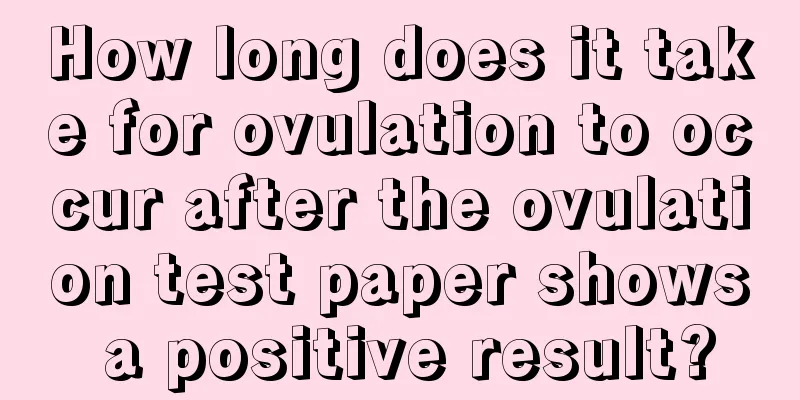What are the treatments for adenomyosis?

|
Adenomyosis, to put it simply, is a tumor growing in the uterus. For many women, tumors are divided into benign or malignant. Benign tumors do not cause much damage to our body, but can affect our work and life. Malignant tumors directly threaten our lives. Recently, we have sought treatment that can help our body's health and recovery. Here we will introduce the treatment methods for adenomyosis. 1. Surgery Surgical treatment includes radical surgery and conservative surgery. Radical surgery is hysterectomy, and conservative surgery includes adenomyosis lesion (adenomyoma) resection, endometrial and myometrial resection, myometrial electrocoagulation, uterine artery occlusion, presacral neurectomy and sacral neurectomy. (1) Hysterectomy It is suitable for patients who have no fertility requirements, have extensive lesions, severe symptoms, and are ineffective with conservative treatment. Moreover, in order to avoid residual lesions, total hysterectomy is the first choice, and partial hysterectomy is generally not advocated. (2) Lesion resection for adenomyosis Suitable for patients who want to have children or young patients. Because adenomyosis often has diffuse lesions and unclear boundaries with the normal uterine muscle tissue, how to choose the method of resection to reduce bleeding, residual tissue and facilitate postoperative pregnancy is a rather difficult problem. 2. Interventional treatment Selective uterine artery embolization can also be used as one of the treatment options for adenomyosis. Its mechanisms of action include: necrosis of the ectopic endometrium, reduced secretion of prostaglandins, relief of dysmenorrhea, reduction of menstrual volume, and lower recurrence rate; establishment of collateral circulation of the endometrium in place, which can gradually migrate and grow from the basal layer to restore function. However, uterine artery embolization will affect the blood supply to the uterus and ovaries, thus having an adverse effect on pregnancy. It may cause infertility, miscarriage, premature birth and increase the rate of cesarean section. The above are several different treatments for adenomyosis. Interventional treatment, for example, is already a relatively developed treatment method. It can cause necrosis of the tumor inside, but it can also cause many sequelae and may lead to infertility, which is a more serious phenomenon. It may also lead to premature birth, so I have to choose my treatment method carefully when I am pregnant. |
<<: Is it normal to have nipple pain after ovulation?
>>: How to prevent fallopian tube spasm
Recommend
What to do if you have stomach pain and diarrhea during your fifth month of pregnancy
Diarrhea is a disease that most people suffer fro...
What's going on with goose bumps on my arms?
Women's skin health is related to their image...
Female facial meridians
The human meridian and acupoints are a subject wo...
Is it easy to fart in early pregnancy?
Farting is a very common phenomenon. Some people ...
What does a small cervical cyst mean?
Cervical cyst, also known as "cervical gland...
What to eat with barbecue? What are the three basic skills of barbecue that you should learn first?
Barbecue has evolved from the most primitive barb...
Progesterone hcg normal no abdominal pain spotting
Progesterone is a relatively important hormone in...
How many days should I stay in bed if the corpus luteum ruptures?
Corpus luteum rupture is one of the common gyneco...
What causes female yin deficiency?
Yin deficiency is also a special term in traditio...
What are the symptoms of breast obstruction?
Breast blockage mainly refers to mammary gland bl...
What are the latest methods for treating ovarian cysts?
Ovarian cyst is a common gynecological disease at...
What causes stomach pain during 16 weeks of pregnancy?
The changes in a woman's body after pregnancy...
Everyone is afraid of liver cancer. How to prevent and treat it? Preventive screening is the key
《Cotton Swab Medical Science Popularization》 Zhao...
I had sex on the first day of taking the medicine for medical abortion
Medical abortion is quite destructive for every w...
Laser treatment of cervical erosion
I believe everyone is familiar with the disease o...








![[Medical Q&A] What is hydrosalpinx?](/upload/images/67f0f32c31d2f.webp)
